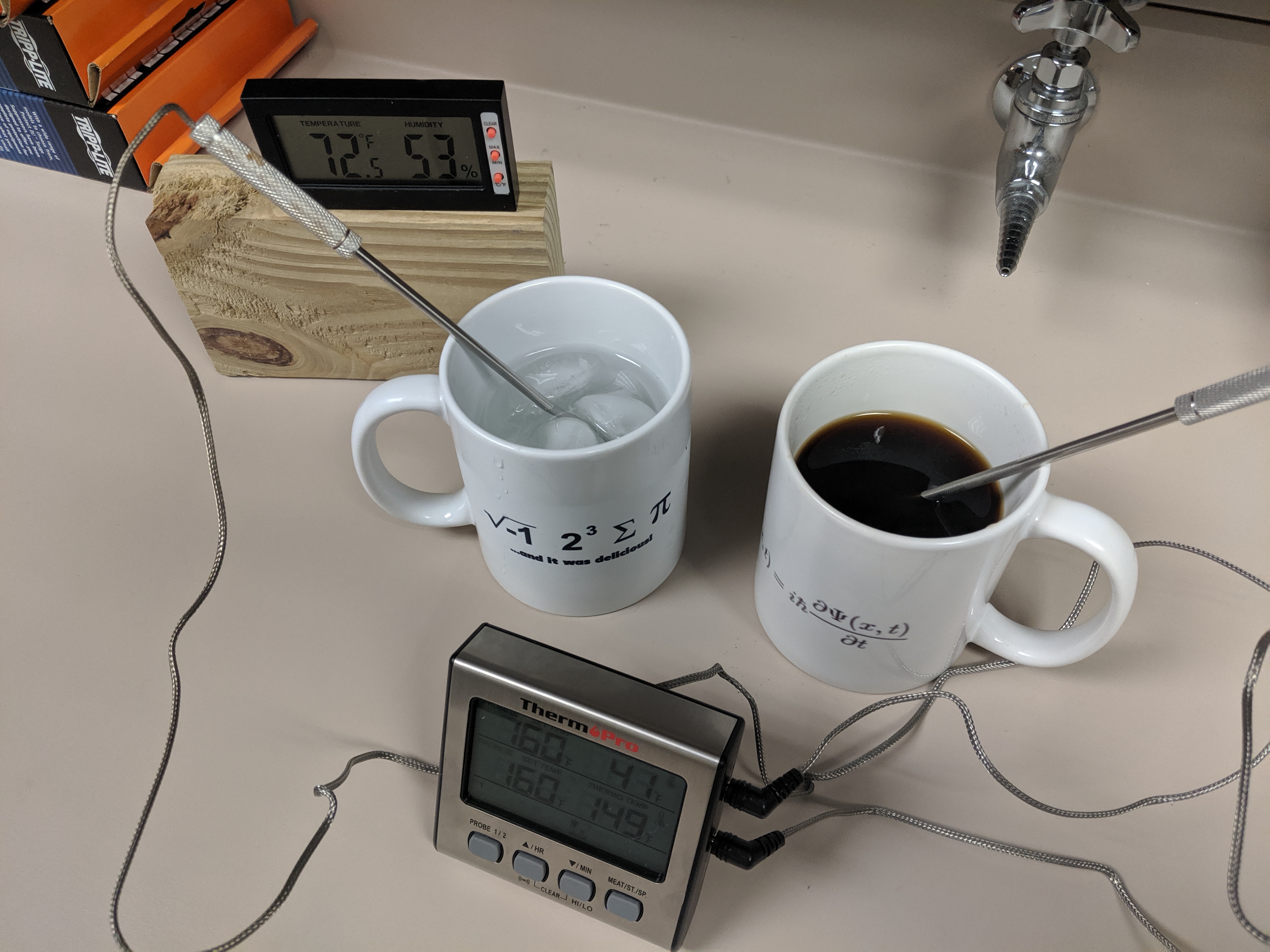I was a graduate student at the Universe of Wisconsin-Madison from 1998-2004. When I first moved there, I lived in a studio apartment on Spring St., two blocks from the physics department. I also happened to live right behind the geology department.
While thumbing through “Yahoo! News”:http://news.yahoo.com tonight when I saw an “article about a small speck that represents the oldest known piece of the earth”:http://story.news.yahoo.com/news?tmpl=story&cid=1894&e=2&u=/ap/20050409/ap_on_sc/oldest_object.
This little fleck appears to be housed at the museum, and will be briefly on display under heavy guard.
What struck me about this was that apparently people will want to line up to see this thing. Personally, I think that’s wonderful. It suggests that people have a good appreciation of the value of ancient geologic records of our world, no matter how small. In fact, according to this article it sounds like even scientists have gleaned important facts about the young Earth from this 4.4 billion year-old speck.
I was a little bugged by the comment by the director of the museum,
“This is it — the oldest thing ever. One day only,” said Joe Skulan, director of the UW-Madison Geology Museum, where the object will be displayed — under police guard — from 10 a.m. to 3 p.m. “The idea of having a big celebration of something that’s so tiny — we’re playing with the obvious absurdity of it.”
I found it a little disheartening that he doesn’t see this as a very exciting thing, both the value of the zircon crystal and the value of public interest in seeing it. Does he realize that the very atoms in his body were forged primarily within the first 3 seconds after the big bang? It seems to me that knowing this should only increase the value of this ancient fleck, given that it’s bigger than these atoms which are so critical to our existence.
Never underestimate the value of a little thing. Atoms may not be something we think about every day, but they underly everything in our day. Going a little deeper, it’s really the up and down quarks, the electron and the electron neutrino that play the most important roles in our every day. The quarks underly the nucleus of the atom, bound tightly by the gluons. The electron orbits every atom, communicating via the photon with the nucleus. The neutrino plays a key role in the burning of all stars, including our own Sun.
Let us not neglect the importance of small objects! Without the interplay of photons and gluons, quarks and leptons, there would be no “day-to-day living”. Without the weak bosons, there would be no sunlight. Without the charm and strange, top and bottom quarks, there would be much less matter/anti-matter asymmetry and thus less matter in the universe. Perhaps there wouldn’t have been enough matter to make this universe.
I was cheered by the excitement of the jazz composer, Mr. Nathanson, about this little fleck. The musician gets it, so why doesn’t the scientists?
So let’s celebrate the small, and rejoice in the unseen.


